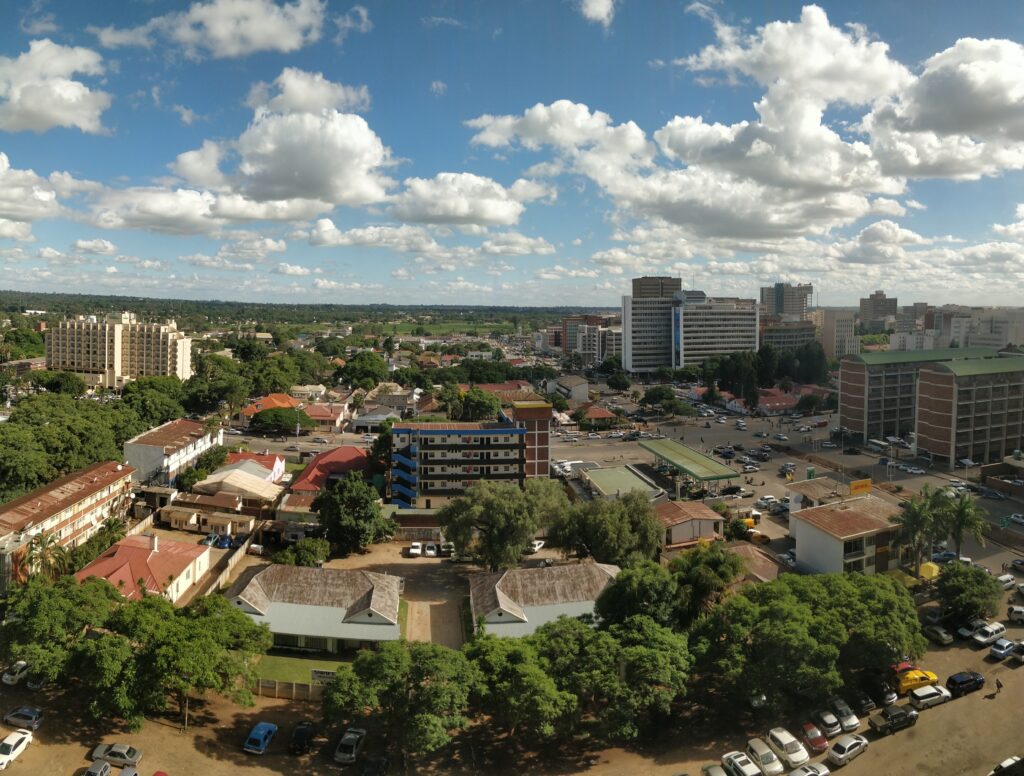By Correspondent

The town of Marondera is named after a Sub Chief of the Varozvi clan living at the Nyameni Hill.
It was established in 1890 as a “Way Station” for people travelling from Harare to Mutare (then Salisbury to Umtali).
It had been anticipated that the railway line would pass through the settlement on its way to Harare.
The line would be coming from Beira in Mozambique.
However, in 1898 the rail authorities discovered that 40 bridges and culverts would be required in the 67km between Headlands and Marondera alone by that route.
They bypassed Marondera and established the line along the crest of the watershed some 9km to the North.
The police and “Native Commissioner’s office” moved to the line of the rail and by 1900 the site of the first settlement was abandoned.
Growing Town
The new town began to grow around the railway station and a hotel was established about that time.
The first Village Management Board was established in 1913 and the Town Management Board in 1943.
Subsequently in 1968 Marondera became a Town Council and in 1974 was conferred Municipality status.
Marondera became the provincial capital for Mashonaland East in 1984.
The town is now the centre for a large and progressive farming community around which some industries have been established.
It is the nodal centre of administration for the whole province as well as servicing the several rural growth points surrounding it.
Statistics
Marondera experienced rapid population growth since independence since it grew by more than 300 % during the years 1982 to 2012.
Attendant to this population growth is the need for huge investment in infrastructure such as water, sewer, roads, health care and education facilities which require substantial capital outlay.
The land under the Municipality’s jurisdiction spans some 43.5 km2 and they are 319 people in council’s employ.
Council’s annual revenue budget is about $6.4 million and capital budget of $27.3 million.
The Population Census for the years 1982, 1992, 2002 and 2012 and the attendant percentage increases are shown below:
IN 1982 – 19 971 (97.2% Increase)
1992 – 39 384 (97.2% Increase)
2002 52 134 (32.4% Increase)
2012 62 120 (19.15% Increase)
